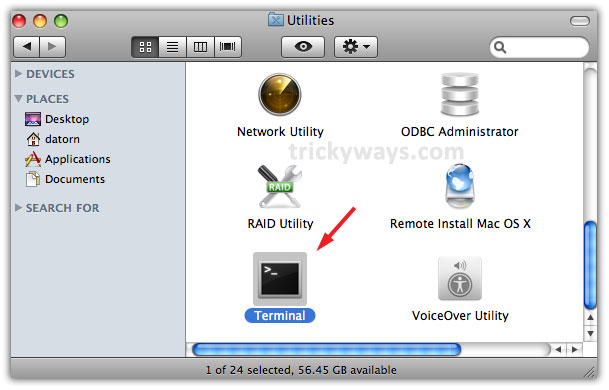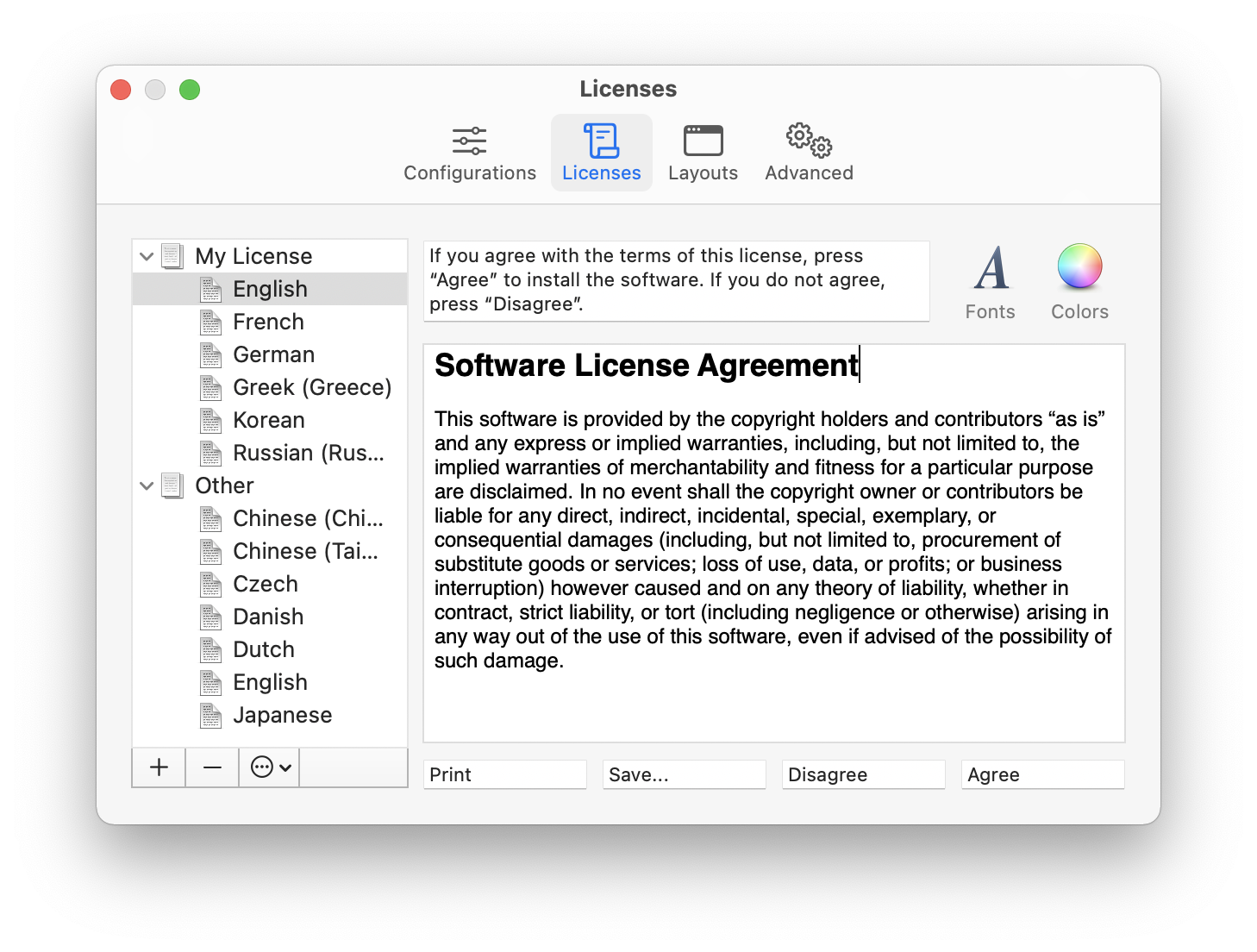Install Dmg From Terminal Mac
These advanced steps are primarily for system administrators and others who are familiar with the command line. You don't need a bootable installer to upgrade macOS or reinstall macOS, but it can be useful when you want to install on multiple computers without downloading the installer each time.
Download macOS
Install and run Docker Desktop on Mac. Double-click Docker.dmg to open the installer, then drag the Docker icon to the Applications folder. Double-click Docker.app in the Applications folder to start Docker. (In the example below, the Applications folder is in “grid” view mode.). Method 2: How to Burn DMG to USB in Windows 10 (Bootable) Since Windows doesn't natively support DMG files, you will need to first download and install a utility that can handle such disk images. The best software for the job is WizDMG, a Windows-based desktop solution for authoring Apple's disk image files in a non-Mac environment. Sep 10, 2015 World's Most Famous Hacker Kevin Mitnick & KnowBe4's Stu Sjouwerman Opening Keynote - Duration: 36:30. Cyber Investing Summit Recommended for you.
Find the appropriate download link in the upgrade instructions for each macOS version:
Dec 17, 2011 A helpful command line tool called hdiutil is included in Mac OS X that allows disk image files (.dmg extension) to be mounted directly from the Terminal, without the need of using the GUI. Using hdiutil for such a task is helpful for scripting or remote connections through SSH.

- macOS Catalina, macOS Mojave, and macOS High Sierra download directly to your Applications folder as an app named Install macOS Catalina, Install macOS Mojave or Install macOS High Sierra. If the installer opens after downloading, quit it without continuing installation.
To get the required installer, download from a Mac that is using macOS Sierra 10.12.5 or later or El Capitan 10.11.6. Enterprise administrators, please download from Apple, not a locally hosted software-update server. - macOS Sierra downloads as a disk image that contains a file named InstallOS.pkg. Open this file and follow the onscreen instructions. It installs an app named Install macOS Sierra into your Applications folder.
- OS X El Capitan downloads as a disk image that contains a file named InstallMacOSX.pkg. Open this file and follow the onscreen instructions. It installs an app named Install OS X El Capitan into your Applications folder.
Use the 'createinstallmedia' command in Terminal
- Connect the USB flash drive or other volume that you're using for the bootable installer. Make sure that it has at least 12GB of available storage and is formatted as Mac OS Extended.
- Open Terminal, which is in the Utilities folder of your Applications folder.
- Type or paste one of the following commands in Terminal. These assume that the installer is still in your Applications folder, and MyVolume is the name of the USB flash drive or other volume you're using. If it has a different name, replace
MyVolumein these commands with the name of your volume.
Catalina:*
Mojave:*
High Sierra:*
Sierra:
El Capitan: - Press Return after typing the command.
- When prompted, type your administrator password and press Return again. Terminal doesn't show any characters as you type your password.
- When prompted, type
Yto confirm that you want to erase the volume, then press Return. Terminal shows the progress as the bootable installer is created. - When Terminal says that it's done, the volume will have the same name as the installer you downloaded, such as Install macOS Catalina. You can now quit Terminal and eject the volume.

* If your Mac is using macOS Sierra or earlier, include the --applicationpath argument, similar to the way this argument is used in the commands for Sierra and El Capitan.
Use the bootable installer
After creating the bootable installer, follow these steps to use it:
- Plug the bootable installer into a compatible Mac.
- Use Startup Manager or Startup Disk preferences to select the bootable installer as the startup disk, then start up from it. Your Mac will start up to macOS Recovery.
Learn about selecting a startup disk, including what to do if your Mac doesn't start up from it. - Choose your language, if prompted.
- A bootable installer doesn't download macOS from the Internet, but it does require the Internet to get information specific to your Mac model, such as firmware updates. If you need to connect to a Wi-Fi network, use the Wi-Fi menu in the menu bar.
- Select Install macOS (or Install OS X) from the Utilities window, then click Continue and follow the onscreen instructions.
Install Dmg From Terminal Mac Address
Learn more
For more information about the createinstallmedia command and the arguments that you can use with it, make sure that the macOS installer is in your Applications folder, then enter this path in Terminal:
Aug 25, 2019 Get the instant look on the apps that is using the significant amount of memory. With the extreme clean option, you can do harder cleaning of the system. Memory Cleaner X. Monitor the usage of Mac memory and clean them up with a click by using Memory Cleaner X. The memory cleaning tool shows the memory used by the system and applications as well as the amount of memory currently. Cleaner for memory 2.4.5 dmg. Maintenance is a free utility for cleaning and maintaining many important sections of your Mac system, helping it to remain not only stable and optimized but also better protected from countless problems that can cause problems. Among many of its powerful features, most important ones are without a doubt ability to run periodic scripts, rebuild LaunchServices database, repair permissions. Nov 16, 2019 Memory Clean is an app for optimizing your Mac's memory and is best used after you have finished using a memory (RAM) intensive app or game. It replicates the feeling of a fresh system restart. Memory Clean works by purging the Mac's inactive memory and is best used when you close an intensive program that you do not plan to use again quickly within a few hours. Dec 23, 2012 Memory Clean is an app for cleaning up your Mac OS X device memory at intervals. Memory Clean is available from the App Store or several download sites, and installs easily. Memory Clean. Memory Cleaner monitors your memory usage and cleans up your Mac's memory, increasing performance. The application monitors RAM usage on your computer and frees up unused memory with one click. With Memory Cleaner, you can easily manage your memory usage.
Catalina:
Mojave:
High Sierra:
Install Dmg From Terminal Mac Os
Sierra:
Install Dmg Mac
El Capitan: